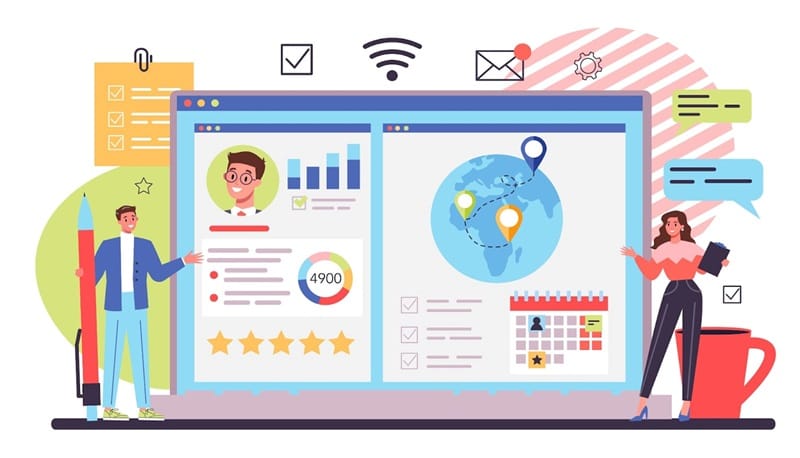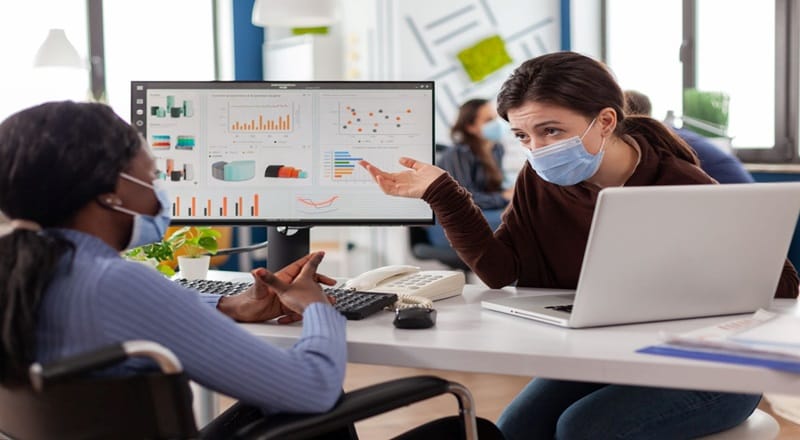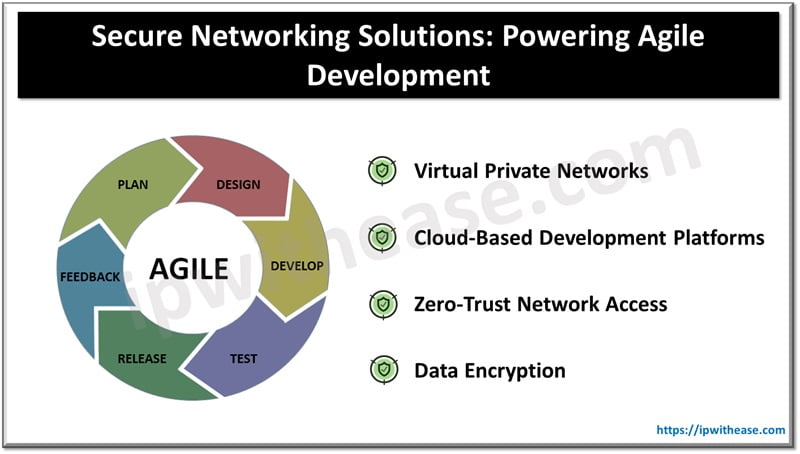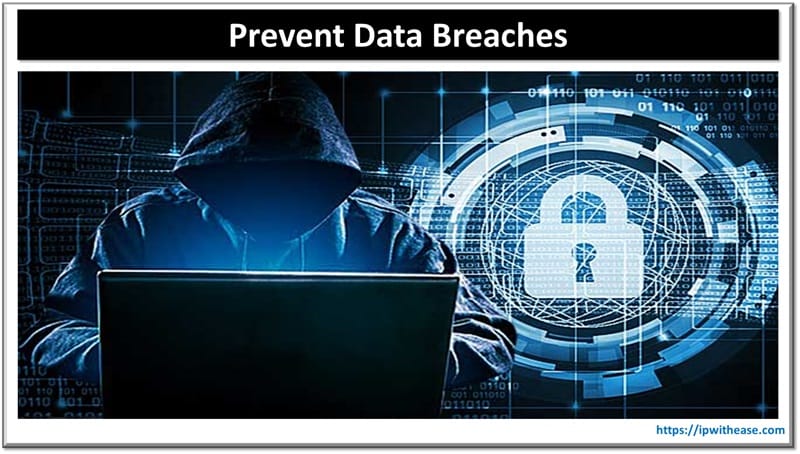Table of Contents
In ever increasingly remote first workplaces, this is a challenge, so how do we ensure our people are productive and accountable? Remote employee monitoring software is a solution as it provides clues about what employees are working on, how much time they spend on particular tasks and helps to solve those problems. This technology gives managers the capability to automate some functions, improve team performance, improve collaboration, as well as promote a culture of trust and accountability.

Introduction
Remote work is an essential part of our professional environment as it allows employees to work from anywhere using any tool they prefer. But they also mean challenges like keeping productivity going and making people accountable. As a traditional office environment isn’t available, managers can’t keep track of progress and employees can’t be kept motivated. Here’s where remote monitoring of employee software comes in. These solutions provide ways to keep work hours in check, track productivity and activity and provide stats on the performance ensuring high productivity and accountability in maintaining a structured and productive remote working environment.
Hiring Staff From Any Country in the World
Remote first companies remove the physical bound to traditional offices and allow you as a potential candidate for office work to show up anywhere in the world. This approach helps organizations attract an incredibly diverse pool of talent from all around the globe joining together unique perspectives and specific skills that would otherwise be out of reach. For example, BairesDev has embraced remote first strategy and recruited engineers, developers, and tech specialists from other cultures and spheres, thus ensuring that at every project the standards remain high and the reviews are good in BairesDev Reviews. This diversity doesn’t just add to product development, it creates more progressive and effective teams.
Benefits of Remote Employee Monitoring Software
Enhanced Productivity
Remote employee monitoring software is the tool used to gauge employee activity and keep employees on task. The software helps managers spot the productivity lags and act accordingly by letting them monitor hours spent at work, on application and website visits. That keeps your employees focused and motivated, minimising the opportunity for procrastination and maximising overall productivity.
Improved Accountability
Managing remote teams requires transparency and accountability, and software to monitor is the best option. Managers can see who is contributing and who has more help needed from detailed logs of employees’ activities. As a result, this visibility empowers employees with a sense of responsibility for they can see their work happen. It helps teams to align and achieve what they want.
Data-Driven Insights
Remote employee monitoring software is one of the major benefits of remote employee monitoring software as it provides data driven insights on work habits and productivity patterns. To keep on top of productivity, the software gathers and analyses data on what employees spend their time on, allowing managers to see peak productivity hours, idle distractions and opportunities for improvement. And these insights help make informed decisions, prepare more and more effectively the remote workforce.
Key Features of Remote Employee Monitoring Software
Time Tracking
Time tracking features are integral to remote employee monitoring software, allowing managers to monitor work hours and project timelines accurately. By logging start and end times, breaks, and idle periods, the software provides a comprehensive view of how time is being spent. This data helps ensure that employees adhere to their schedules and deadlines, facilitating better project management and resource allocation.
Activity Monitoring
Activity monitoring delves deeper into understanding employee work patterns and identifying areas for improvement. It tracks application and website usage, generating reports on how employees allocate their time. Managers can see which tools are being used productively and which activities might be causing distractions. This insight enables targeted interventions to boost efficiency and focus.
Task Management
Tasks management features help us with streamlining and prioritising the work. With software, teams can create, assign, and track tasks to keep everyone clear on what is happening with ongoing projects and how workloads should be split among different individuals. It facilitates freeing from bottlenecks, completing tasks on time and facilitating collaboration of remote team members.
Best Practices for Implementing Remote Employee Monitoring Software

Clear Communication
The importance of making employees understand the purpose and what the monitoring software benefits is more. Describe how the software essentially tries to enhance productivity, improve accountability, and offers great insights about working patterns. Make sure employees know that you’re not trying to micromanage, but rather help support your work and not invade their privacy.
Privacy Considerations
To gain employee trust, one has to address the privacy concern. This way, you’ll clearly describe what will be monitored with data and how it will be used. Personal information of your employees is secured and the monitoring is only meant for work related activities. Be transparent about the policies and regularly update these policies to track with best practice in data privacy.
Regular Reviews
Performing regular reviews and feedback sessions is key to making sure the software is being put to use. Have regular check-ins to see what the gathered data is, and why, as well as how to fix it, if necessary. It helps initiate a culture of continuous improvement, and shows that monitoring comes from a collaborative effort that is in everyone’s best interest.
Conclusion
With many businesses opting to implement remote workforces, remote employee monitoring software is now an indispensable tool for these businesses to properly manage the workforce. This technology gives visibility to team-members’ activities, determines how much time is being spent on tasks, shares data that allows managers to better optimise team performance, establish accountability, and cultivate a culture of trust. Remote employee monitoring software, however, when partnered with transparency and respect for employees’ privacy, can function as a potent productivity and success boost in the face of today’s remote-first workplace.
Frequently Asked Questions
1. Does remote employee monitoring software infringe on employee privacy?
Remote Employee Monitoring Software also monitors the employee activity but it should contain work related data only. Clear policies outlining what data is monitored, how it’s employed and what safeguards are put in place to protect employee privacy are a must. Building trust and preparing employees for being monitored, needs open communication and an overall sense of transparency.
2. How can remote employee monitoring software improve team collaboration?
Remote employee monitoring software can help collaboration in teams by allowing the visibility of individual contributions and pace. Managers can track task assignments, deadlines and patterns of communication to see how tasks are distributed and enable communication between team members to see potential bottlenecks and areas of potential collaboration hindrance. This information enables targeted interventions to close the gap between team missions and goals, reduce silos, and to get everyone working towards the same shared goals.
3. Is remote employee monitoring software suitable for all types of remote teams?
There are several instances where remote employee monitoring software can be useful to remote teams, however effectiveness may be determined in part by the size of the team, the industry of the team and the given work. It can be particularly valuable when the software is used, for example, by smaller teams, or when working on highly collaborative projects, to provide insights and to keep people accountable. In the case, for example, where teams operate independently or in a highly specialized role, the monitoring need may be less.
ABOUT THE AUTHOR
IPwithease is aimed at sharing knowledge across varied domains like Network, Security, Virtualization, Software, Wireless, etc.



